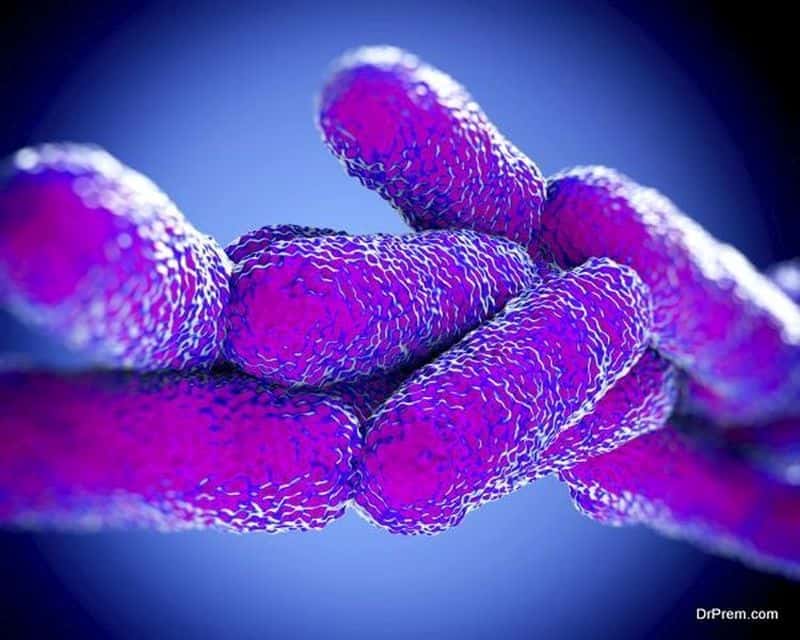Microbes have come big way in changing the world that we live in and making it better. Cyborg bacteria is another such timely intervention into natural energy generation.
Scope of science and the Cyborg breakthrough
Science is taking new strides daily. Much of such efforts are aimed at creating energy efficiently.
Scientist Kelsey K Sakimoto has developed a bacterial technology to harness solar energy.
The so called Cyborg bacteria can be used in combination with solar panels attached to them to enhance the rate of photosynthesis, thus creating a natural source of energy.
The system functions on the idea that the heavy metals like cadmium react with the solar energy through the microbes to break ascetic acid that is useful for several industries like the pharmaceutical industry.
The process: The microbial advantage
Photosynthesis is the natural process for the conversion of solar energy into usable energy for plants. However this process is both slow and inefficient. Chlorophyll is slow on utilization of the solar energy.
The microbial process on the other hand is highly efficient, it could be as much as 80% more efficient than chlorophyll. The microbes are both self regenerative and self sustained.
Tiny nano crystals that are used to generate electricity are much more efficient than presently available sources for commercial generation of solar energy.
Non-photosynthetic semi-conductor bacteria are being used to generate possibilities for photosynthetic bacteria, which can be further utilized to produce energy for utility purpose.
Advantages of the method
If we opt for other alternatives, then there are chances of more and more carbon dioxide being released into the environment.
The threats to global warming are thus reduced by using this biochemical synthetic technique.
Cadmium Sulphide particles work as nanocrystals which help in the absorption of solar energy and then in the breakdown of acids for energy generation.
Being a microbial technology, there is practically no overhead cost involved. It’s simply a mix in a bowl and let react technology.
The entire process not only saves long term costs but it also cuts down on physical efforts.
The risk factors associated with the technology are minimal as very few (or none) potentially harmful methods are used in the entire process.
In the era of energy crisis and the world’s shift towards renewable natural resources, the use of microbes for energy generation is a breakthrough move.
Acetic acid is a versatile chemical that can be readily upgraded to a number of fuels, polymers, pharmaceuticals and commodity chemicals through complementary, genetically engineered bacteria. Thus it is clear that the potentialities for improvement and diversification are immense.
This is a zero waste technology. It adds to the long term sustainability of the technology, especially keeping in view the tremendous pressure on the available pool of resources.
Synthetic technology and the CO2 reductive capability of these microbes can be used in several areas. One such example is the reduction of industrially produced mass of carbon dioxide.
Industrial and economic utility
Collaborative bactaria that have a number of strands of E. coli are genetically engineered to take acetic acid as their food source and they can upgrade it into butanol and a polymer called polyhydroxybutyrate.
Countries like India with a highly skilled scientific base and abundance of tropical sunlight have a good chance to explore the natural ways of energy generation. This not only helps governments in cutting down on electricity bills but it also helps them to keep a check on their carbon emissions, thus helping these middle income countries keep international obligations without cutting on their growth rates.
Areas of useful application
- Plastic industries could hugely benefit from this technology as the residue of this research is fruitfully usable there.
- It would help us in managing both the mounting industrial electricity bills and the ever increasing domestic energy demand that has become a must for our lavish lifestyle.
- Electrification of agriculture is a big issue especially in middle and low income countries. The practically null establishment, and operational and management expenditure makes it a very attractive option for such countries.
Conclusion
Though the research has temporary limitations like the absence of best channels for distribution of such low cost, low profit industry, the whole point of the research is to make energy accessible to all resource in the energy hungry nearby future.





